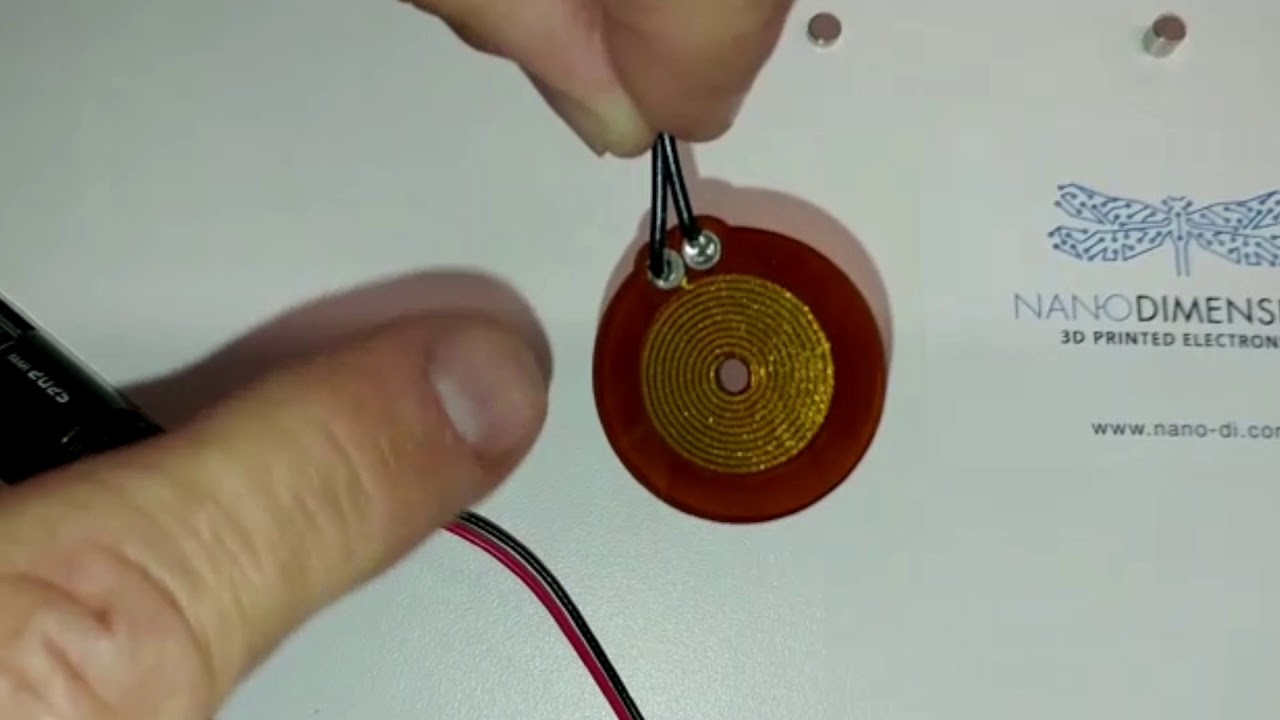MIT Engineers 3D Print Solenoids for Futuristic Electronics Manufacturing
Engineers at the Massachusetts Institute of Technology (MIT) have set a milestone in electronics manufacturing with their 3D printing innovation. They successfully 3D printed solenoids, a type of electromagnet at the heart of many devices, paving the way for potential electronic production revolution on Earth and beyond.
Implications for Electronics Production and Healthcare
Imagine the ability to fabricate a fully functional dialysis machine using a 3D printer. This holds profound implications for regions where access to such medical equipment is limited, and for outer space where material and equipment options are inherently constrained. Although the MIT researchers are far from this universal solution, their accomplishment brings us closer to this goal.
Solenoids and electromagnets, coils with wires wound around a core, form the basic building blocks of several electronic appliances, ranging from ventilators and dialysis machines to washing machines and dishwashers. The engineers modified a commercial 3D printer with multiple extruders to enable 3D printing of volumetric electromagnets in a single print cycle. This holistic approach prevents errors that may occur when electromagnet components are printed separately.
The Challenge of 3D Printing Electromagnets
The team had to retrofit the extruders and learn how to regulate the temperature of each. This was crucial as the four components of the future electromagnet had different melting points, and it was necessary to prevent the previously printed material from spreading. They used metal-embedded plastic to print the conductive wire and two types of magnetically soft material-embedded plastics to print the core, one of which was applied in a granular form instead of a filament. The turns were insulated layer by layer using ordinary plastic.
Tripling the Magnetic Field Strength
In their experiments, the engineers managed to 3D print an electromagnet with eight layers of winding, where the wire was printed in a spiral pattern. The tests demonstrated that the 25mm diameter electromagnet thus printed exhibited a magnetic field strength three times higher than other previously 3D printed electromagnets.
The authors of the study said, “Some specialists look down on them [extrusion 3D printers] because they are simple and do not have many bells and whistles, but extrusion is one of the very few methods that allow for multi-layer monolithic printing.” The printer modified for electromagnet printing cost the researchers $4,000. However, thanks to the experience gained, the costs are expected to decrease in the future.




